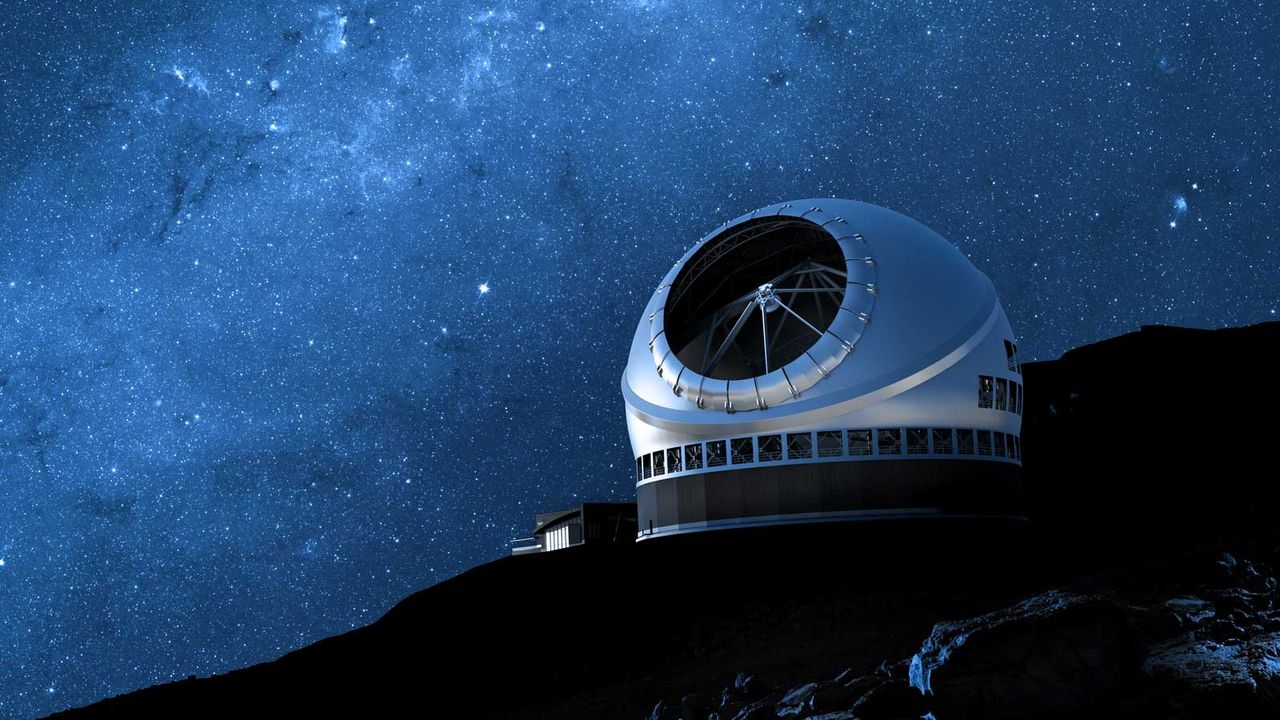On July 23, 2023, the Spanish government announced a commitment of up to €400 million (approximately $471 million) to revitalize the Thirty Meter Telescope (TMT) project, which is currently facing potential cancellation due to funding cuts in the United States. The announcement was made by Diana Morant, Spain’s Minister of Science, Innovation and Universities, who expressed her nation’s ambition to be a leader in astronomy and astrophysics.
The TMT, initially planned for construction on Mauna Kea in Hawaii, has encountered numerous obstacles, the most significant being the proposed budget by the Trump Administration for the National Science Foundation (NSF) for fiscal year 2026 (FY26). This budget suggests eliminating funding for the TMT, which is critical to its design and development. Morant stated, “Spain wants and can be the home of the future of astronomy and astrophysics. We have the capacity and the political will to do so.”
With its dark skies and favorable weather conditions, Mauna Kea is an ideal location for astronomical observation, hosting several other large telescopes, including the Keck Observatory. Despite this, the TMT’s future remains uncertain. The Spanish government is now proposing to shift the TMT’s construction from Hawaii to the island of La Palma in the Canary Islands. Morant highlighted that this relocation could not only allow for the telescope’s construction but also create skilled jobs and provide an economic boost for the region.
The TMT is not the only large telescope project facing challenges. The NSF’s budget proposal indicates that while the Giant Magellan Telescope (GMT) in Chile can progress to its final design phase, the TMT cannot. The NSF has expressed confidence that the GMT can continue without additional funding, but this does not guarantee that it will receive approval for construction.
In addition to potential impacts on the TMT and GMT, the proposed NSF budget includes significant cuts to other scientific initiatives. It could lead to the shutdown of one of the two sites that comprise the LIGO observatory, which studies gravitational waves, and halt operations for the Daniel K. Inouye Solar Telescope (DKIST), the most powerful solar telescope currently operating.
Morant emphasized Spain’s commitment to scientific advancement, stating, “While some countries are cutting back on investments in science and even denying it, Spain is a haven for science.” This renewed commitment to the TMT project could also be seen favorably by communities near Mauna Kea. The mountain holds cultural significance for many native Hawaiians, making the presence of multiple telescopes a contentious issue. Protests against the TMT construction have occurred since 2014, highlighting the ongoing conflict between scientific development and cultural preservation.
The Spanish government’s pledge marks a significant move to ensure the TMT’s future, amid uncertainties in U.S. funding. Morant declared, “Faced with the risk of paralyzing this major international scientific project, the Spanish government has decided to act with a redoubled commitment to science and major scientific infrastructures for the benefit of global knowledge.” The outcome of this initiative could redefine the landscape of astronomical research and collaboration on an international scale.



































































